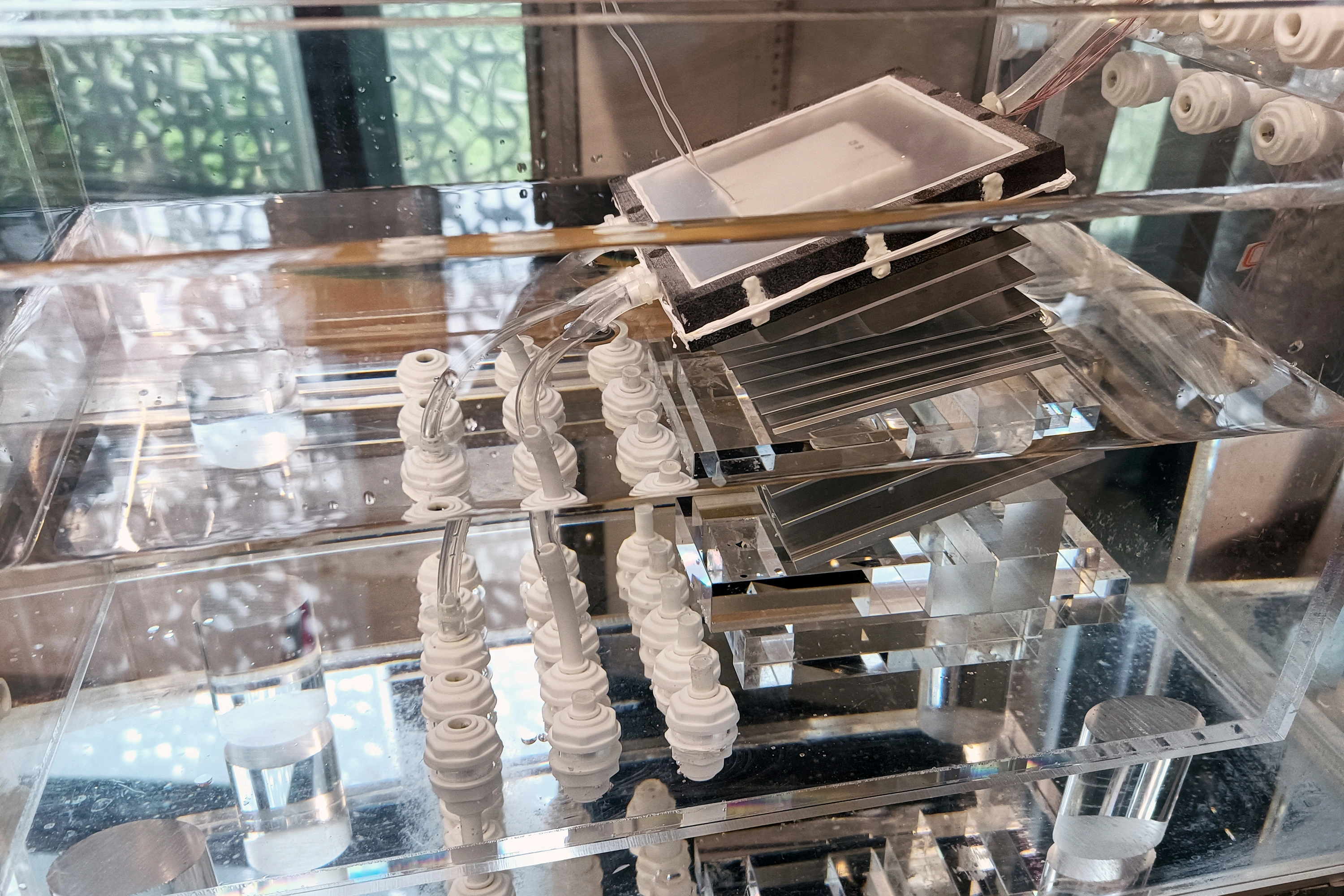Engineers at MIT and in China are aiming to turn seawater into drinking water with a completely passive device that is inspired by the ocean, and powered by the sun.
In a paper appearing today in the journal Joule, the team outlines the design for a new solar desalination system that takes in saltwater and heats it with natural sunlight.
The researchers estimate that if the system is scaled up to the size of a small suitcase, it could produce about 4 to 6 liters of drinking water per hour and last several years before requiring replacement parts. At this scale and performance, the system could produce drinking water at a rate and price that is cheaper than tap water.



You’re removing salt and water. So you are increasing salinity when returning it to the ocean.
This isn’t guesswork.
The water too ends up back in the ocean at the end of its cycle (same as what happens with water evaporated from the ocean which ends up raining on land) after having been used.
What that paper you linked looks into (and indeed it is important) are the local effects of constantly releasing the brine in an area, since it locally increases the salinity of the water.
So yeah, it’s a valid problem, but not a “we can’t put the salt back in the ocean” (in fact we have do it, to otherwise over time the salinity of the ocean will decrease as the water gets returned to the ocean but in that scenario the salt would not) but rather a “we can’t just have some outlets discharging brine always in the same space” problem.
It’s a “polution with brine water” problem rather than a “salinity of the ocean” one.
The water does get back into the ocean sooner or later, at least most of the time, see - rivers